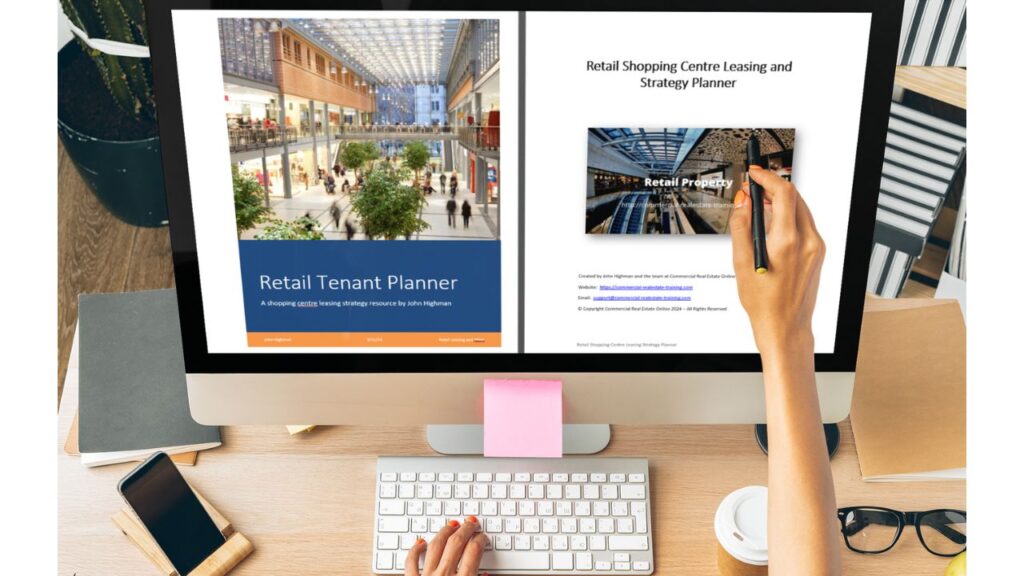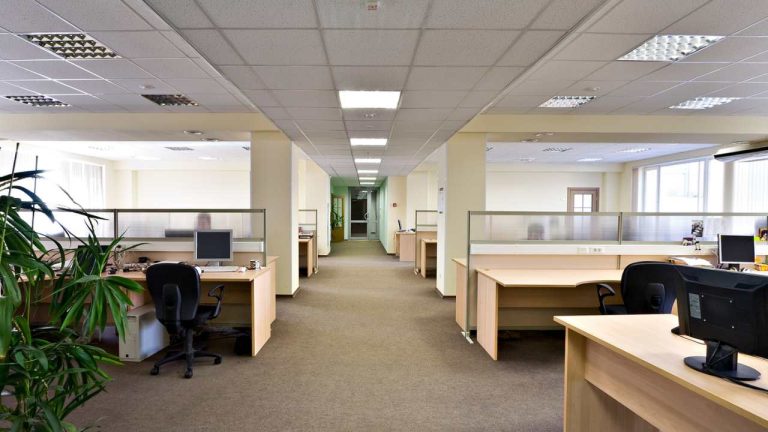How to do a Lease and Tenant Mix Analysis in Commercial and Retail Property Management
Leases in commercial real estate form the foundation of the tenant mix and rental cash flow. They are important documents to understand and administer. It is not unusual to have a variety of leases in one property. Therefore, every lease has to be read and checked.
Every lease in a client-managed property should be assessed for its impact on the investment through potential growth or risk. In simple terms, you can and should do a lease assessment. Every single lease document should be checked and cross-referenced to the occupancy situation.

Property Management Forms and Templates
Making your job easier in managing office, industrial and retail property.
Check out our forms and checklists for commercial and retail property managers right here. They cover many different situations of leasing, tenant occupancy, property performance and building management. Make your job easier. The forms and in Word and PDF so you can apply them to your real estate business and property types.
Do Your Analysis on Retail Tenancy Factors
Here are some of the bigger things to look for:
- Identity of the parties – Understand who the tenants are across the property and how you can contact them. Make sure that they are the ‘legal’ occupiers of the property. Match the people to the property and premises in each case. Know where all the tenants are located.
- Inspect the premises – Early in the review of lease documentation, go to the property and undertake a full property and tenancy inspection. Look for discrepancies in occupancy and tenant use. Take photos to remember locations, layout, and presentational issues.
- Suite or premises identification — The premises description should agree with the lease document and any plans applicable to the building. Check the building surveys to ensure that all is well with boundaries and premises use. Add a check of available plans and drawings of leased and tenant areas to that process.
- Area of occupancy — A plan should apply to each tenant’s occupied area. Understand the size of the space in each case. Understand that appropriate occupancy certificates have been issued for the building to be used and occupied.
- Vacancies — There are likely to be vacancies in the retail property. That is, premises that are vacant now, soon to be vacant, or have short-term ‘popup’ tenancies. Check the tenancy mix and tenancy schedule for all of those things. They are pressure points that need resolve and a strategy to suit.
- Market Rents — What market rents are paid on the property now, and when were they achieved? Some market rent comparisons will be needed across the property’s locations and competing properties. When assessing market rents, drill down into the quality of tenants, the location of premises, the improvements, and the size of the premises. There are many variables to consider when doing a market rent assessment. Make notes as you move through that assessment.
- Permitted use — Are the tenants using the premises per the lease description? Is the permitted use of the property legal for the location? In a building with multiple tenants in occupation, watch the permitted use provisions of each lease, as some tenants will attempt to introduce new activities and uses. This is something you commonly see in a retail shopping centre.
- Clustering of Tenants — When you look at the layout of the retail property and the tenants, there will be clusters of tenants that can be improved, relocated, removed, or reshaped to improve occupancy and sales. Clusters of tenants will be in the zones of the property, such as doorways, malls, food courts, and common areas. The clusters will be in groups such as food, convenience, fashion, recreation, service, and dining.
- Outgoings recovery — Every lease and rental can relate to outgoings paid and recovered for the landlord in a property. Ensure you understand each lease’s outgoings recovery factor and how the rental and/or outgoings recoveries may work. There should be a budget for outgoings, actuals, and recoveries.
- Rental paid and any existing arrears — Check that the rentals paid are under the existing leases. Get a copy of the current rental invoices to confirm this. Also, look for arrears issues that may delay landlord payments. It pays to act early in any arrears situation rather than let a large debt accumulate.
- Rental escalations — Rental reviews will occur on the property at particular times. Some of those reviews in the leases will be based on market rents, while others will be based on percentages or fixed amounts. Read the lease to understand how those rent reviews impact the landlord’s cash flow.
- Option terms and expiry conditions — Determine if the leases have options to be extended and, if so, how those options can be activated. Other leases will be ending, so look at the make-good requirements at the end of the lease.
- Landlord covenants — These are the clauses of the lease that specifically require the landlord to do something. They may have time frames associated with them, and the landlord may require responses and actions. Look for critical dates and responses.
- Tenant covenants — During any lease term, the tenant must do things and provide certain information. Check out those things in each lease and ensure the critical dates are captured in a diary alert system.
- Maintenance requirements — Some leases stipulate how a tenant or landlord should respond to a maintenance event. Look for response issues and how they impact occupancy or property use.
- Fitout compliance and approvals — The fitout within the premises should have been approved for occupancy, and the fitout construction should have been kept up to current building regulations and codes. Use the right questions and check that these things have been complied with.
- Insurances – Certificates of insurance currency are generally required from tenants as part of the lease to support ongoing occupancy. Ensure that the certificates have been supplied for the tenant in occupation and the existing lease. Insurance cover will likely be nominated as a $20m public liability for today’s standard commercial office tenancy. Check out the insurance clause in the lease documentation. Ensure you have all documentation supporting risk management and insurance in each case.
- Bonds or Guarantees – With many tenancies, there will be bonds or some form of guarantee to identify and track down. In the case of any lease default, that bond or guarantee will be drawn on to recoup any losses the landlord may suffer. Ensure that you know where these important documents are located.

So, there are plenty of things that can be checked when it comes to lease documentation and occupancy. Understand your leases and your tenants. Ensure all issues are known and identified in any commercial, industrial, or retail property.






